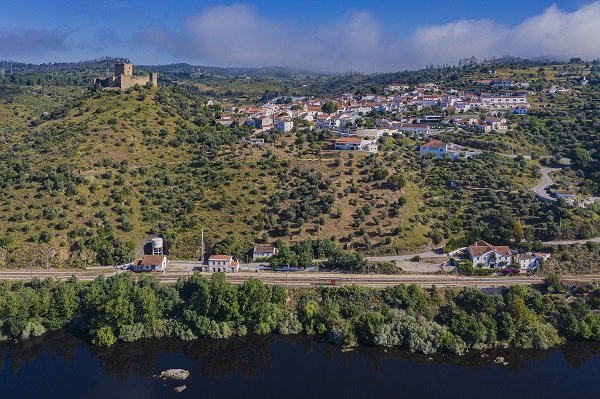The Golden Visa Program in Portugal has been a real success, bringing investment, new residents and an economic boost to Portugal. The reasons many people move to Portugal are simple: good health care, world class safety, modern infrastructure, low cost of living and a seasonal license. Above all it is the Portuguese themselves, a famously kind and welcoming people.
But while the program helped to revitalize parts of Lisbon, Porto and the Algarve - it also helped to boost prices. So, now the program is being refocused to more interior areas. The Golden Visa Program requires a minimum investment of €500,000 in a residential or commercial property or €350,000 in a rehab project to get residency. So, you purchase residential real estate in an interior area for at least €500,000, but if it is in a designated "low density” area then a 20% discount applies. And Portuguese residency offers you (and your family) the right to travel to all Schengen-area countries. Then you become eligible for Portuguese citizenship after 5 years.
Portugal ranks as the 4th safest country in the world, the cost of living in Portugal is among the lowest in Western Europe. A couple can live here comfortably on a budget of as little as $2,500 per month.
So, where to look? With a mild winter climate, dry and pleasant summer — the Alentejo is a great option. The Alentejo is the heartland of Portugal, home to rolling plains, cork forests and with endless views under a clear blue sky. All less than 1 hour from Lisbon.
Extending from the southern bank of the great River Tejo, to the mountains of the northern Algarve, the Alentejo is bound by the sea to the West, and Spain to the East. It occupies about one-fifth of Portugal, with only a small fraction of the national population.
During the summer the green stands of cork oaks blend into the flowing yellow plains of the Alentejo as a cool place to hike or bike. Wine estates, olive groves, or a white and blue farmhouse on a hill occasionally interrupt the cork forests.
The Portuguese often refer to the Alentejo, with its own dialect, strong Moorish flavor, white washed towns, and unique songs, as its own nation. Most towns seem to rise on hilltops above the plains, embraced by a castle.
The cities are manageable, and full of great places to eat, shop or have a coffee. Évora, Portalegre, Santarém and Beja are cosmopolitan and just the right size. The Alentejo’s villages and small towns are open-air museums where a house in need of repair can cost less than $40,000.
In the countryside there are farm houses called a Monte Alentejo. These houses are usually located at the top of a hill, standing out over the Alentejo plain. Linear and traditional they are becoming the new escape for many. Wherever you end up, rural Portugal is a delight.



